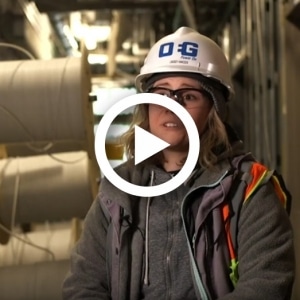Continuing Education Requirements for Electrical Licensees
Continuing education is part of the requirements for renewing most electrician licenses. The table below gives the requirements by license type. Please notice that a portion of continuing education credits must be from code change classes. You have not met the continuing education requirements for license renewal if you do not have the correct amount of code change continuing education credits.
CR = Code Related | CC = Code Change
|
Oregon Licenses
|
Required Code Change (CC) credits
|
Oregon Rule and Law
|
Total required Continuing Education credits to renew. (All credits may be in Code Change)
|
|---|---|---|---|
| General Supervising Electrician (S) |
12
|
4
|
24
|
| Limited Supervising Electrician (PS) |
12
|
4
|
24
|
| General Journeyman Electrician (J) |
8
|
4
|
24
|
| Limited Journeyman Manufacturing Plant Electrician (PJ) |
8
|
4
|
16
|
| Limited Residential Electrician (LR) |
8
|
4
|
16
|
| Limited Maintenance Electrician (LME) |
2
|
8
|
|
| Limited Energy Technician Class A (LEA) |
8
|
8
|
|
| Limited Energy Technician Class B (LEB) |
2
|
8
|
|
| Limited Renewable Energy Technician (LRT) |
2
|
4
|
|
| Limited Journeyman Sign Electrician (SIG) |
2
|
4
|
|
Washington Licenses
|
Code Change
|
WAC
|
Other approved courses
|
|---|---|---|---|
| Master Electrician |
8
|
4
|
12
|
| Administrator |
8
|
4
|
12
|
| Electricians |
8
|
4
|
12
|
If your license is not listed, you are not required to obtain continuing education to renew.
For more information please read the Oregon Administrative Rule 918-030-0100.
Keep Up with Continuous Development in the Industry
We have a variety of resources for keeping ahead, most of which come from within our parent organizations. Our national training organization, the Electrical Training Alliance, provides us with new technology information in the form of email updates, technology bulletins, and webinars. These resources make us aware of what may be next. We then have to react based on the feasibility of the technology. Whether it will be taking hold in our area, or simply just a passing blip on the ever-changing horizon of good ideas.
Our other parent resource is from NECA and it’s many resources regarding construction trends, new technology and productivity. In addition to the many bulletins, email updates, and organizational meetings, NECA has a monthly magazine with “the first of it’s kind” articles regarding new technology and how it may have been utilized somewhere, or how contractors have taken advantage of an incidental effect of an unusual install. An example of this is a recent article about a “floating PV array” that was installed on a water reservoir. The location was chosen for its available unused surface area, but the net result was a more efficient PV array due to lower surface temperatures. A positive side effect was that the reservoir experienced a much lower degree of evaporation, as much of the water’s surface was covered with floating PV modules, which both generated energy and conserved water. This may be the future direction of the industry in our area as we have many reservoirs and have attempted other means to cover them in the past with poor results. PV arrays have also recently been installed over landfills and other similar areas that previously had been determined to be wasted space. It is this type of forward thinking that is keeping the industry on its toes in an effort to stay ahead of the curve.
I recently attended a training surrounding the use of LED lighting for retrofit applications in office spaces, schools and other high use buildings. The technology provides a much more economical installation in the form of energy consumption and cost of installed operation, but also has cutting edge technology integrated into the light fixture to provide Internet, security, and building control and automation over a single network. The concept integrates fiber optics for the backbone and horizontal network and utilizes wireless technology to the desktop. The developer and patent holder of this new technology has signed an exclusive agreement with the IBEW and as they move forward, we will again be on the cutting edge of technology, as it becomes part of the mainstream.



